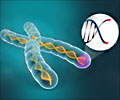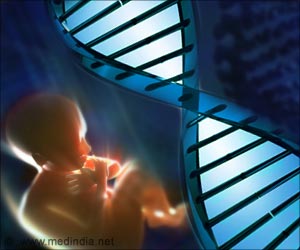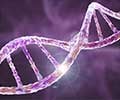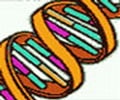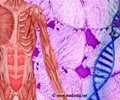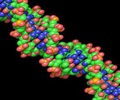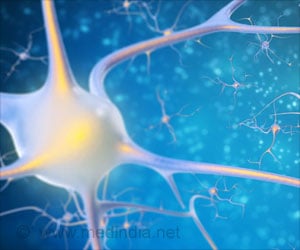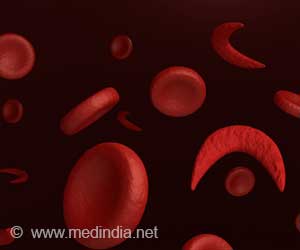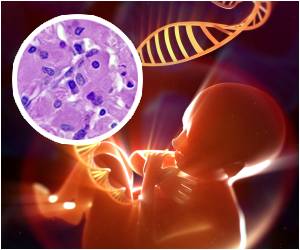Researchers wanted to study what happens to yeast cells when they are unable to accurately remove RNA from DNA.
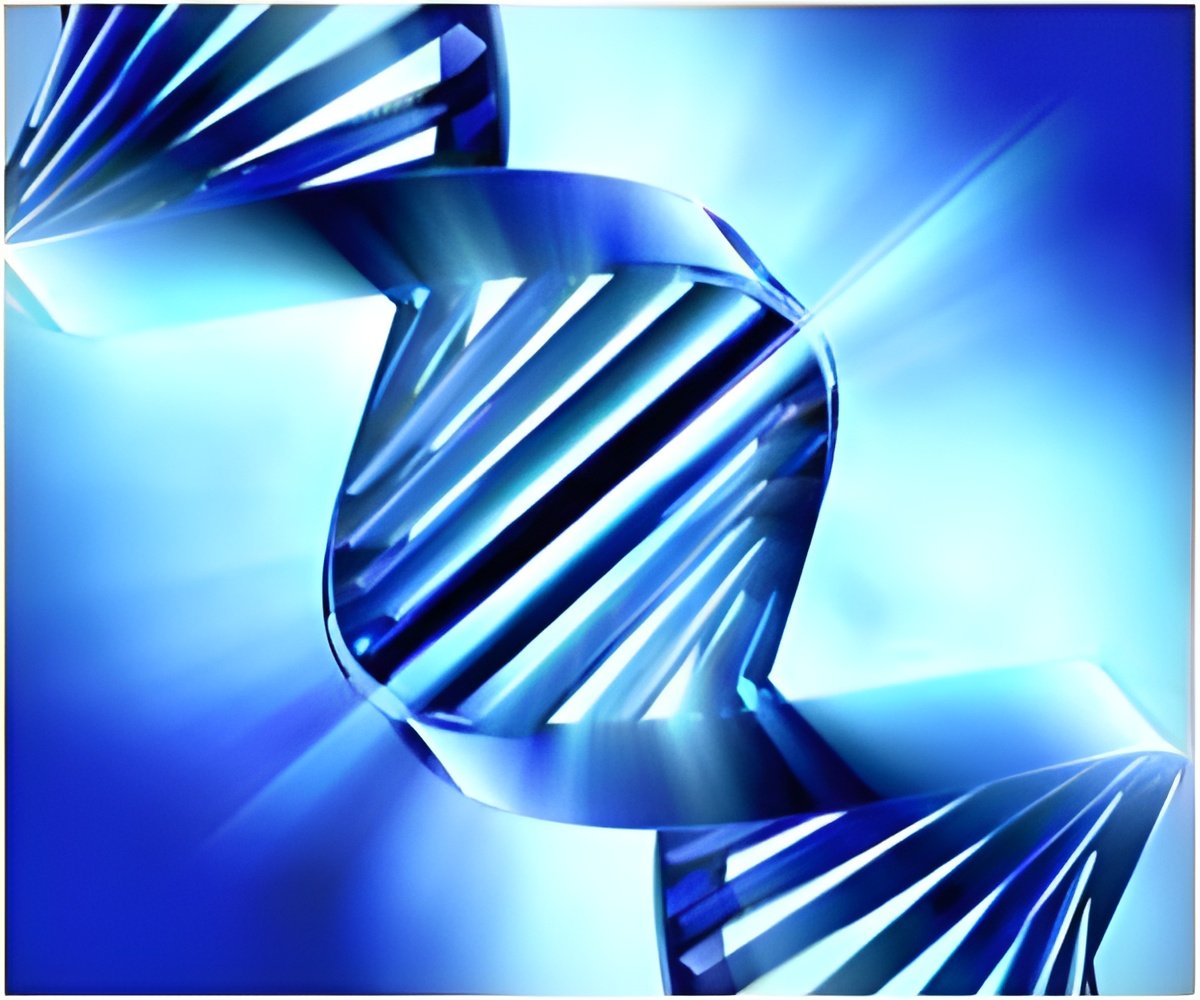
‘Since DNA and RNA are chemically very similar, it is quite common for cells to mistakenly incorporate RNA pieces into DNA. Researchers are analyzing what happens to yeast cells when they are unable to accurately remove RNA from DNA. These findings will have direct implications for children with a devastating disorder that affects the brain, immune system and skin.’





In a study highlighted in a recent issue of Genetics, the team - led by J. Lucas Argueso, CSU assistant professor and Boettcher Investigator in the Department of Environmental & Radiological Health Sciences - found that RNA, or ribonucleic acid, has a new and important part in this process. CSU researchers worked in close in collaboration with scientists from the National Institute of Environmental Health Sciences in North Carolina. RNA is a molecule that plays a central role in the function of genes. It is the 'business' end of a genome. The building blocks that cells use for making RNA are knows as ribonucleotides, which was the focus of the research paper.
"You don't hear as much about RNA, but cells actually have much more RNA than DNA," Argueso said.
Cells also have more ribonucleotides than deoxyribonucleotides, the building blocks for making DNA. Since the two are chemically very similar, it is quite common for cells to mistakenly incorporate RNA pieces into DNA.
Argueso and his team - including Hailey Conover, lead author of the study, and Deborah Afonso Cornelio, a post-doctoral researcher - are looking at what happens to yeast cells when they are unable to accurately remove RNA from DNA.
Advertisement
Findings from this study have direct implications for children with Aicardi-Goutieres syndrome, a devastating disorder that affects the brain, the immune system and the skin.
Advertisement
What's next for the team? Argueso said that they want to extend their work to cancer research. The team wants to determine how ribonucleotides increase chromosome abnormalities and whether those increases are asymmetric, depending on which of the two strands of DNA the ribonucleotides are introduced.
Most cancers have some form of alteration in chromosomal structure, though Argueso said that breast and ovarian cancers are by far the most affected by this issue.
In addition, with some forms of chemotherapy that have been used for a long time, the mechanism of action is to decrease the production of DNA building blocks.
Argueso said, "Cancer cells reproduce quickly. To do that, the cells need DNA building blocks. Chemotherapy is used to decrease the building blocks. However, when you reduce the number of DNA building blocks, you push the cancer cells into a corner, where they end up putting in more RNA building blocks into the DNA."
In other words, the very thing that the chemotherapy agent is encouraging cancer cells to incorporate causes them to acquire even more mutations. This could help explain why cancers often recur in more aggressive forms after someone goes into remission.
"This unintended consequence could be one of the mechanisms making that happen," Argueso said.
Source-Eurekalert

